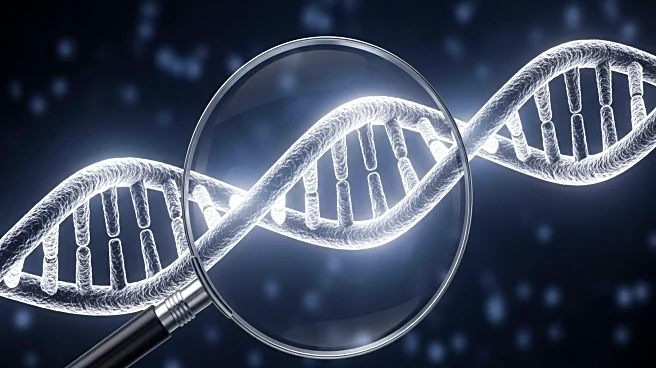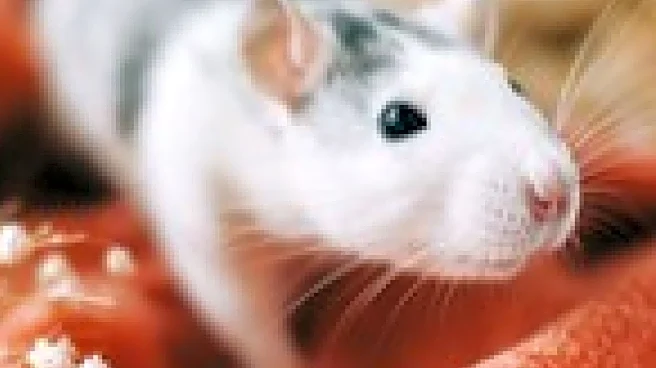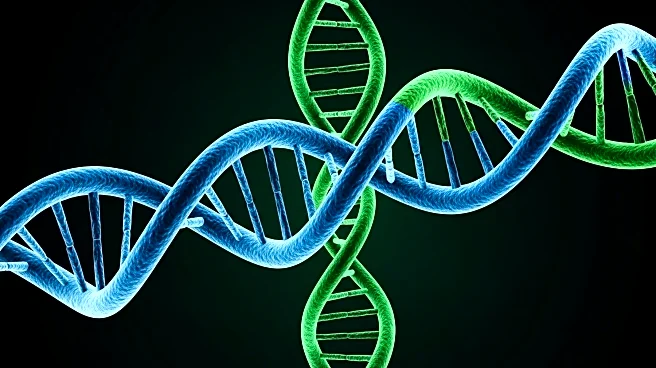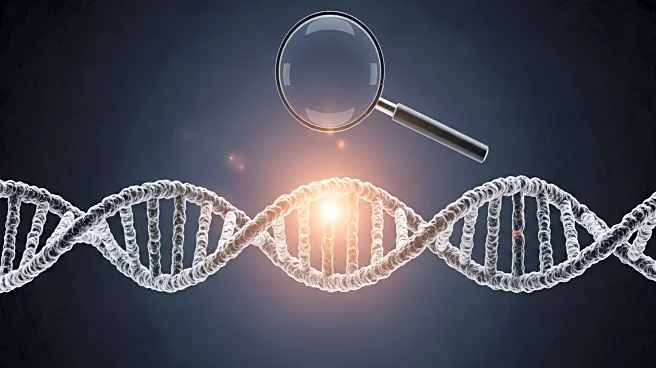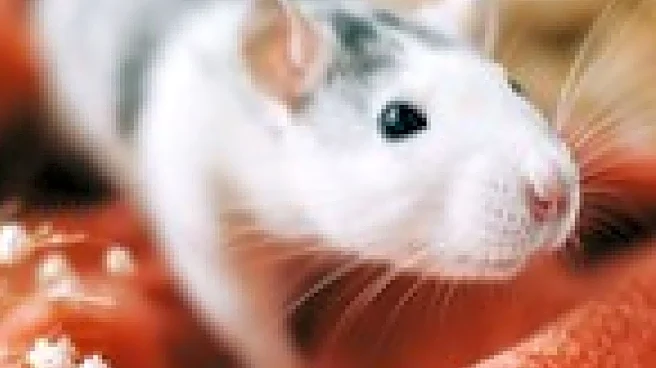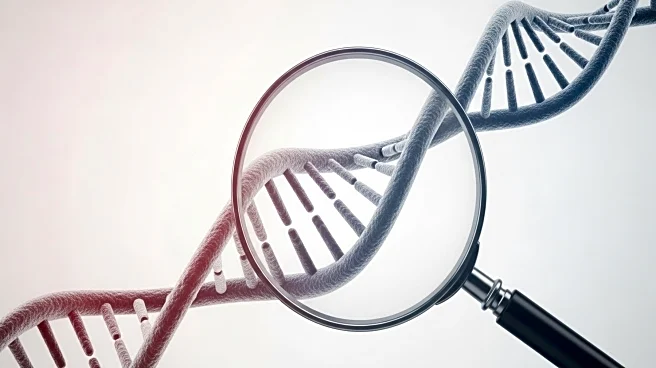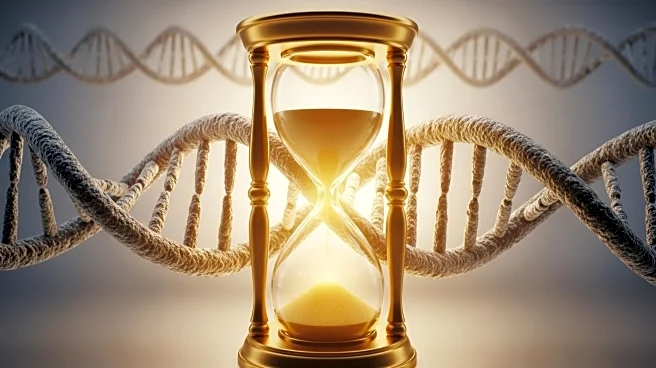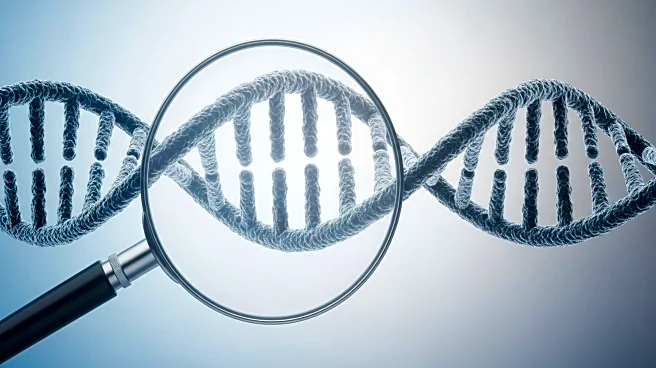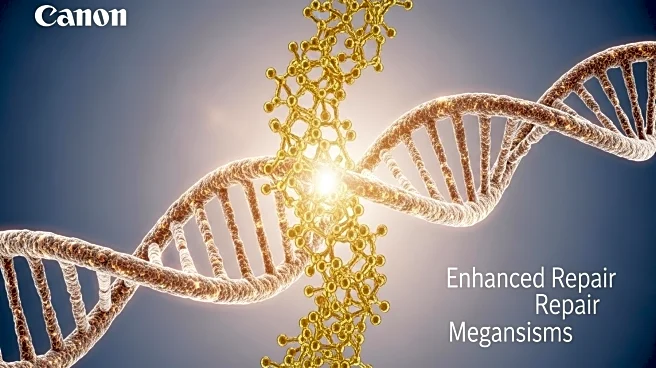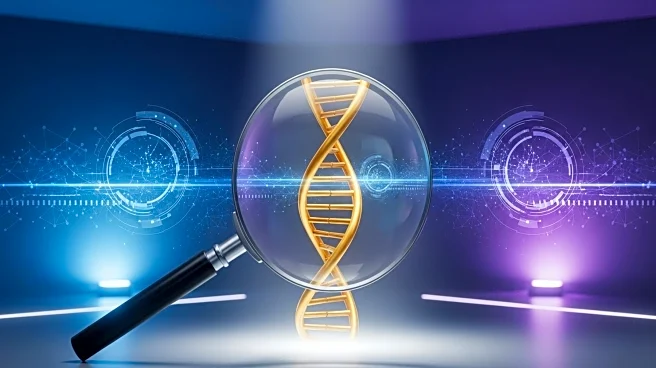What's Happening?
Researchers at Tongji University in China have discovered a unique DNA repair mechanism in naked mole-rats that contributes to their extraordinary longevity. These rodents can live up to 37 years, significantly longer than other similar-sized mammals. The study, published in the journal Science, highlights the role of a protein called cGAS (cyclic GMP-AMP synthase) in enhancing DNA repair. Unlike in most mammals where cGAS interferes with DNA repair, in naked mole-rats, it has evolved to boost the repair process. The researchers identified four amino acid changes in the cGAS protein that enhance its function, leading to improved DNA repair and reduced cellular aging. Experiments showed that inserting naked mole-rat cGAS into human and mouse cells increased their DNA repair capabilities and reduced signs of aging. Additionally, fruit flies engineered to produce this protein lived longer, and mice treated with gene therapy to express naked mole-rat cGAS showed signs of reduced aging.
Why It's Important?
This discovery is significant as it opens new avenues for research into age-related diseases and potential therapies to extend human longevity. By understanding the mechanisms that allow naked mole-rats to repair DNA effectively, scientists can explore similar strategies in humans. The ability to enhance DNA repair could lead to treatments that mitigate the effects of aging and improve health spans. This research also underscores the importance of studying unique biological systems to uncover solutions to common health challenges. The findings could eventually contribute to the development of gene therapies aimed at reducing cellular senescence and promoting healthier aging in humans.
What's Next?
Future research will likely focus on the potential application of these findings to human health. Scientists may investigate how to safely modify the cGAS protein in humans to enhance DNA repair without adverse effects. Additionally, further studies could explore the broader implications of this mechanism in other species and its potential role in combating age-related diseases. The research community may also look into developing targeted therapies that mimic the naked mole-rat's DNA repair capabilities, offering new hope for extending human lifespan and improving quality of life.
Beyond the Headlines
The ethical implications of extending human lifespan through genetic modification are complex and require careful consideration. While the potential benefits are significant, there are concerns about the societal impact of increased longevity, such as resource allocation and population dynamics. Moreover, the long-term effects of altering fundamental biological processes are still unknown, necessitating thorough investigation and debate. This research highlights the need for interdisciplinary collaboration to address the scientific, ethical, and social dimensions of longevity research.

